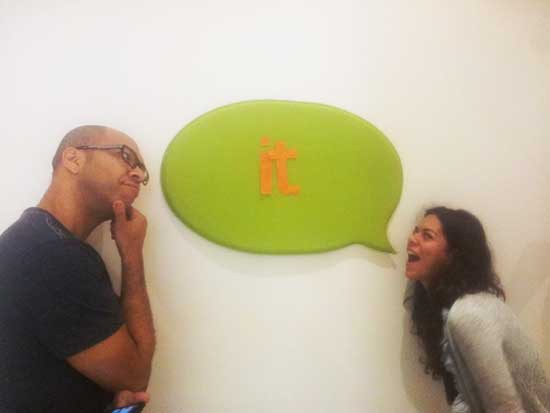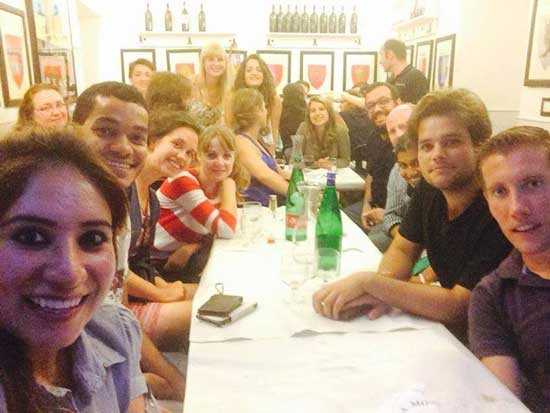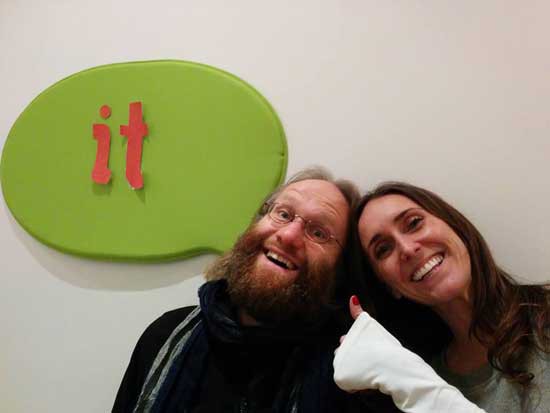Mission accomplished: you have set some goals, you have found an apartment, you have chosen a good school where to study Italian and now you are here – loads of enthusiasm and motivation -ready to learn at best our language. What is the best way to learn a new language and make it your own?
In addition to studying the rules of syntax and grammar, in order to grasp the subtleties and idioms the relationship with the native speakers is always very important. Dealing with those who habitually speak Italian and testing oneself in everyday life situations, in fact, contributes in an essential way to the realization of our goal: to speak Italian like a true Italian!

It is therefore of great importance to constantly test oneself with the most common and basic moments of every day life. Shall we look at a few examples?
- Greeting acquaintances / friends: greetings are the first form of contact with someone and certainly the most frequent, to which you should get used to and practice. The standard greeting with a person with whom you have a minimum of confidence provides the formula “Ciao come stai? / Come va?” (Hello how are you? / How is it going?) And the answer “Tutto bene / non c’è male / abbastanza bene / così così grazie, tu?” (All is well / not bad / good enough / so-so thanks, and you?). “Ci vediamo / ci sentiamo / a presto”. (See you / Speak to you soon / see you soon) are expressions used as goodbyes to interrupt the conversation.
- Inviting out to dinner in Italian: Whether it is an invitation to a friend or to a boy or girl for whom we have an interest, the most common expressions are: “Ti va di venire a cena con me domani sera?” (Would you like to come to dinner with me tomorrow night?) or “Verresti a mangiare una pizza con me sabato?” (Would you come to eat a pizza with me on Saturday?) or “Ho sentito parlare molto bene di quel nuovo ristorante, ti va di venirci con me uno di questi giorni?” (I have heard great things of that new restaurant, would you like to go there with me one of these days?).
- Asking for touristic information: as good as your sense of direction might be, it is not unlikely that you get lost in the city and asking questions is a good workout for your Italian. The formulas are usually: “Mi scusi, per San Pietro?” (Excuse me, to St. Peter’s?), “Scusi, per arrivare a via Nazionale?” (Excuse me, to get to via Nazionale?), “Potrebbe indicarmi quale metro prendere per arrivare a Colosseo?” (Could you tell me which subway to take to get to the Coliseum?).
- Shopping: in addition to supermarkets, where everything is faster, smaller neighbourhood markets are a great place to build relationships, chat and practice Italian. “Mi da un kilo di zucchine per favore?” (Could you give me a kilo of zucchini please?), “Mi fa un etto di salame?” (Can I have a hundred grams of salami?), “Vorrei mezzo kilo di pane per favore” (I’d like half a kilo of bread please) are just some examples of the most common phrases.
- Ordering at the bar: the bar is one of the most frequented places by Italians and often very crowded. You must make your way through the crowd and be decisive in choosing and ordering. Some examples: “Vorrei un caffè per favore” (I’d like a coffee please), “Mi darebbe un succo di frutta, per favore?” (Would you give me a juice, please?), “Mi farebbe un cappuccino?” (Would you make me a cappuccino?), “Mi fa un tramezzino tonno e pomodoro ed una spremuta per favore?” (Would you make me a tuna and tomato tramezzino sandwich and a juice please?). To ask how much we have to pay the standard phrase is “Quant’è?” (How much?) and it is always best to remember to say “grazie” (thank you) and “per favore” (please).

Are you ready to practice?



